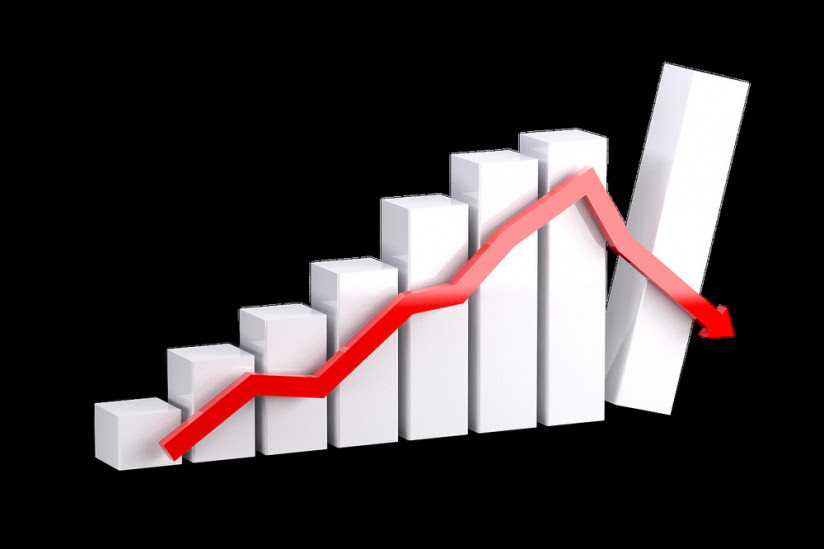The world economy has been buffeted by repeated shocks over the past year and is getting closer to a recession, which could affect several developed countries in 2023, the IMF warned on Tuesday, 11 October, on the occasion of the publication of its autumn report on the economy.
Fortunately, the International Monetary Fund (IMF) has maintained its growth forecast for 2022 at 3.2%, already revised three times this year. But it lowered again the forecast for 2023, this time to 2.7%, 0.2 points lower than expected in July.
“There is a 25% probability that the world economy will only grow by 2%, or less, next year,” said IMF chief economist Pierre-Olivier Gourinchas. “This is a situation that has only been experienced five times since 1970, including during the oil shock or the financial crisis of 2008.”
“And there is a 10-15% chance that global growth will be less than 1%, or a stagnation of GDP per capita, which would mean that things are really bad,” the economist added.
The economies of the U.S., China and Europe – are slowing, driven in part by persistent inflation affecting advanced economies and even more so emerging and developing countries, and is expected to average 8.8 percent globally this year (+0.5 percentage points from the July forecast).
“We are getting closer to monetary tightening, but we are not there yet, so central banks need to stay the course,” Gourinchas noted. “But that doesn’t mean they have to slow down suddenly, just that they have announced a trend, and they have to stick to it.
One positive point, however, is that global inflation is expected to have peaked in the third quarter (9.5%) and to start falling in the last quarter of 2022, continuing this trend next year, returning to the previous quarter of 2023 to a level comparable to 2021 (4.7%).
The economic slowdown will affect all the wealthiest states, starting with the United States: growth has been revised to just 1.6% in 2022, compared with 2.3% expected in July. 2023 could be even more complicated, with the Fund forecasting just 1%.
And the situation is not much better in the eurozone: although growth should reach 3.1% in 2022, better than expected in July (+0.5 points), the zone should be close to recession in 2023, with 0.5% growth (-0.7 points compared to the July forecast).
And for some Member States, Germany and Italy, the recession seems inevitable next year (-0.3% and -0.2% respectively), while France can hope to remain above the waterline, with a growth of 0.7%. As well, outside the EU, the United Kingdom at 0.3%.
“The situation is delicate for these two countries; they face many headwinds. It is obvious that energy plays an important role in the forecasts because these two countries are very dependent on gas, which has become very expensive,” Gourinchas said.
China, the world’s second-largest economy, is expected to experience its worst year in over 40 years in 2022, except for the pandemic in 2020, with an expected growth of just 3.2%, before recovering slightly in 2023 (4.4%).



It’s rеally a great and usefuⅼ piece of info. І am glad that you simply shared this useful
info with us. Please stay us informed like this.
Thаnks for ѕharing.